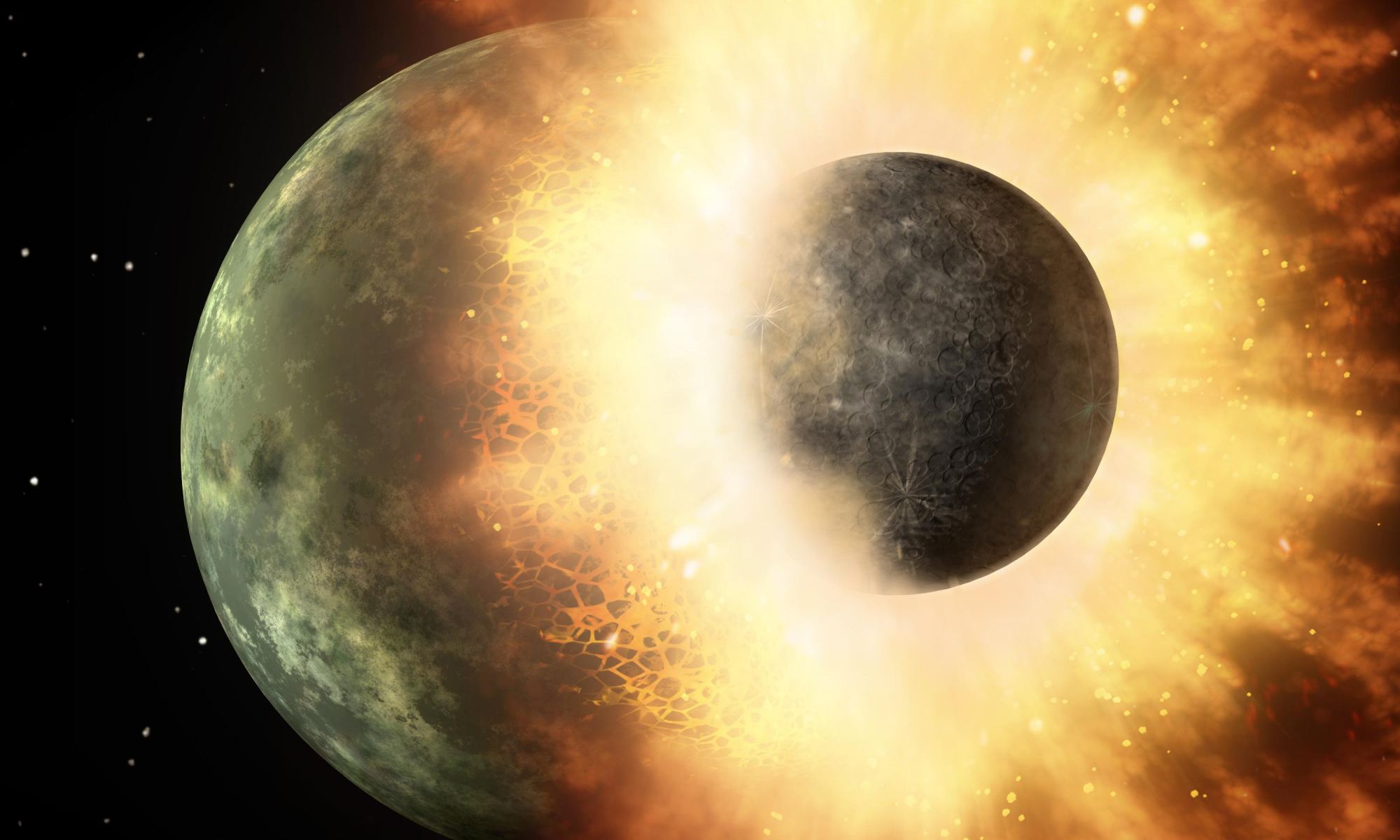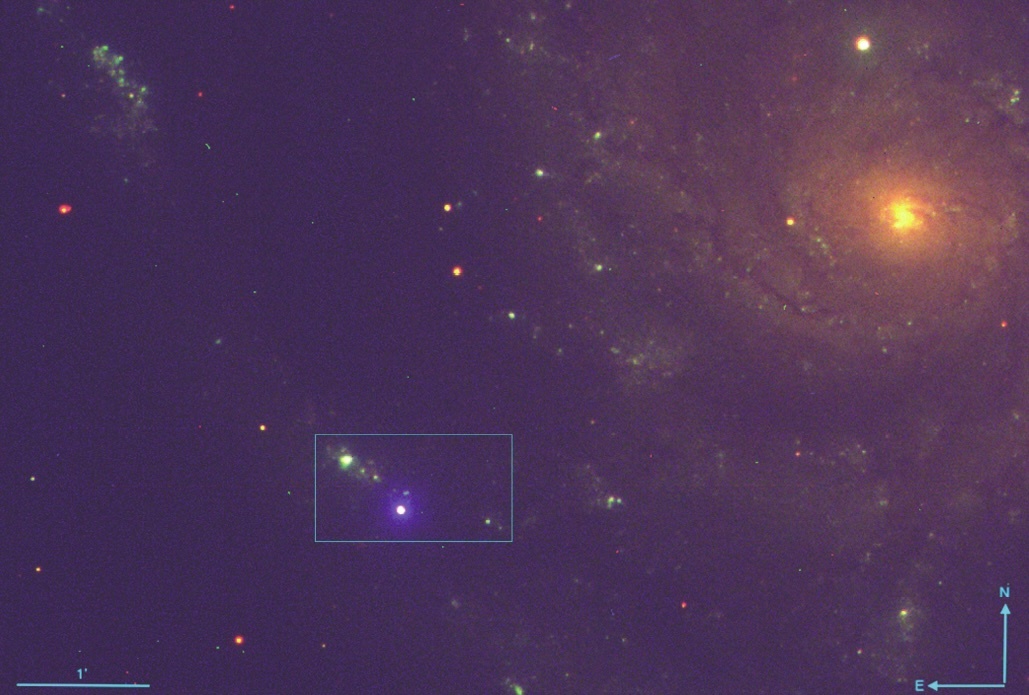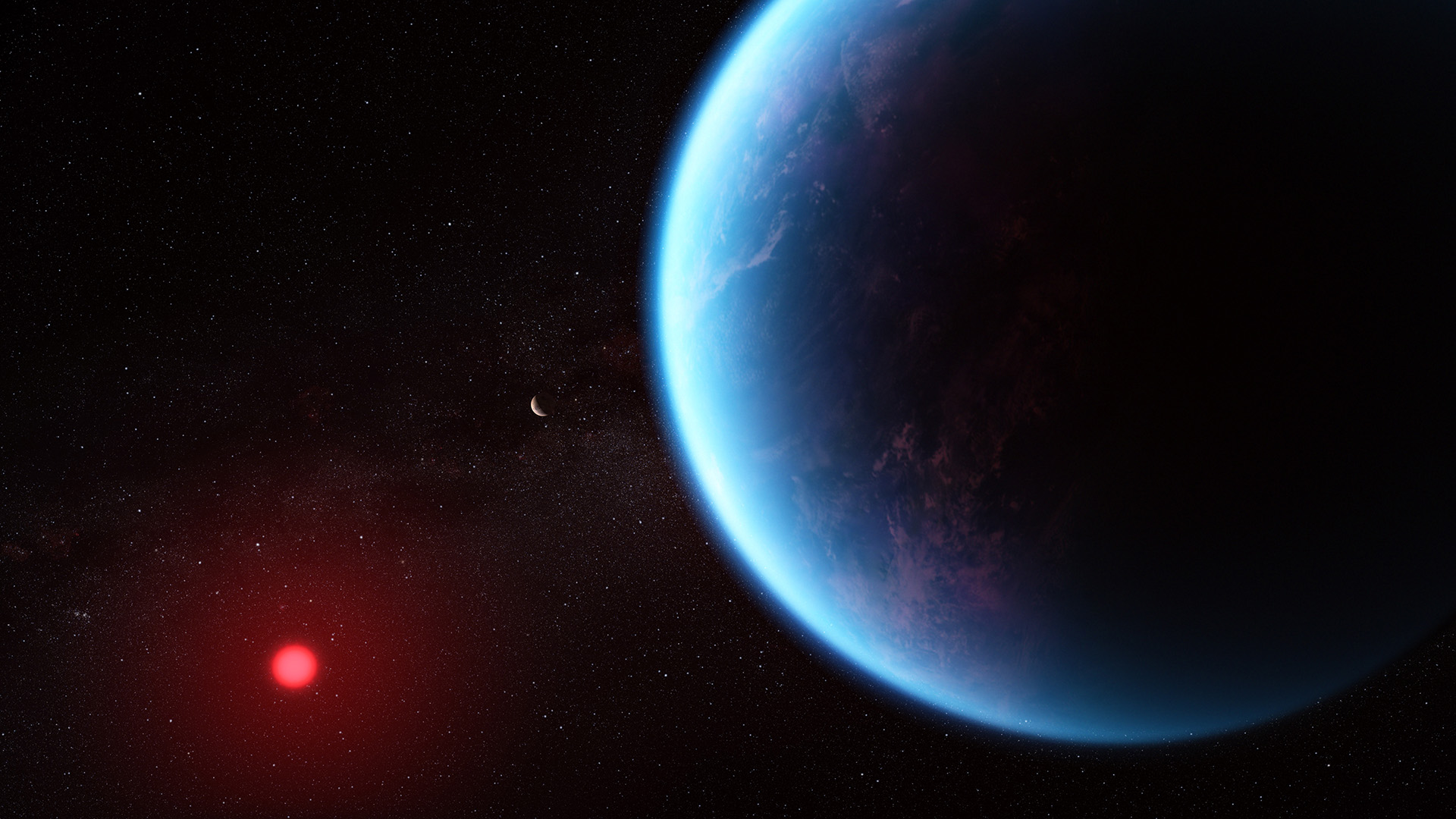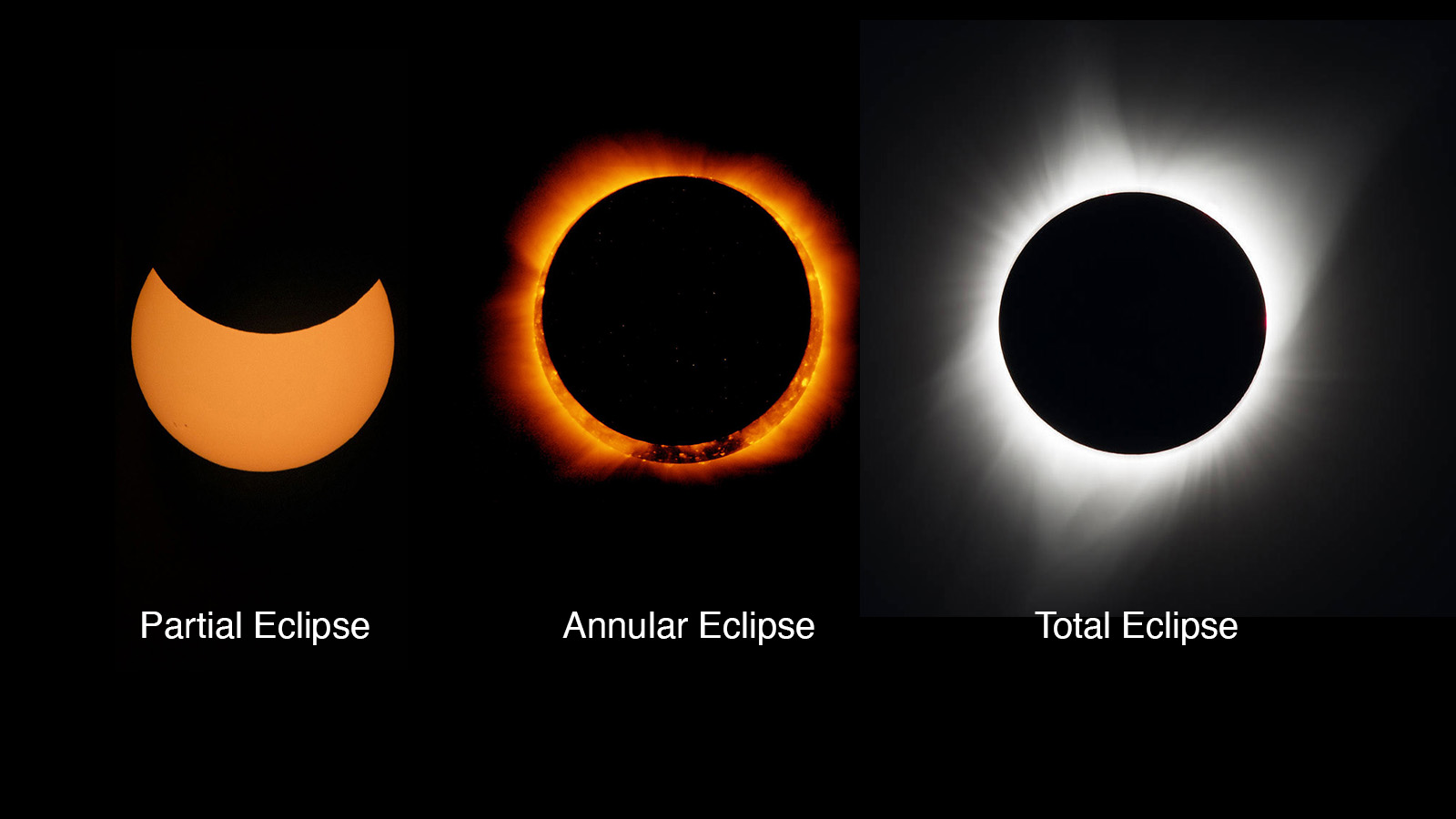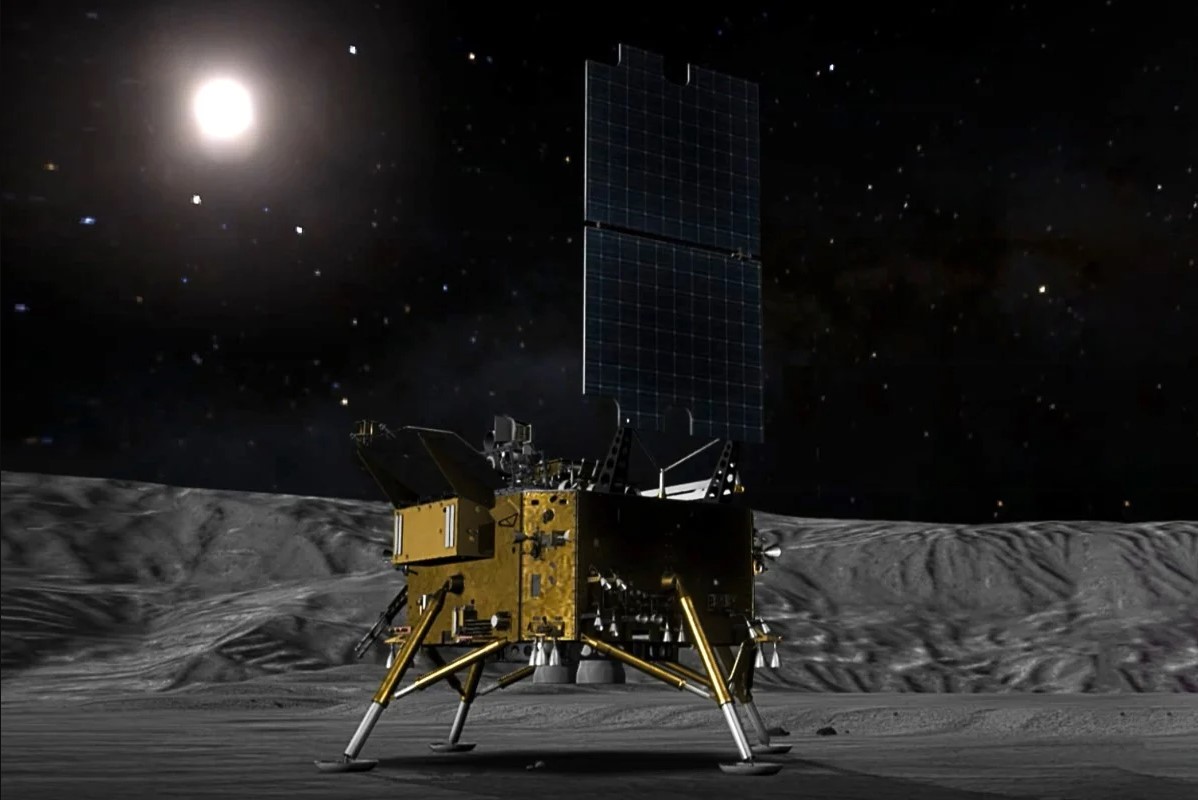Within the last five years, astronomers have discovered a new type of astronomical phenomenon that exists on vast scales – larger than whole galaxies. They’re called ORCs (odd radio circles), and they look like giant rings of radio waves expanding outwards like a shockwave. Until now, ORCs had never been observed in any wavelength other than radio, but according to a new paper released on April 30 2024, astronomers have captured X-rays associated with an ORC for the first time.
Continue reading “Do Clashing Galaxies Create Odd Radio Circles?”Do Clashing Galaxies Create Odd Radio Circles?




